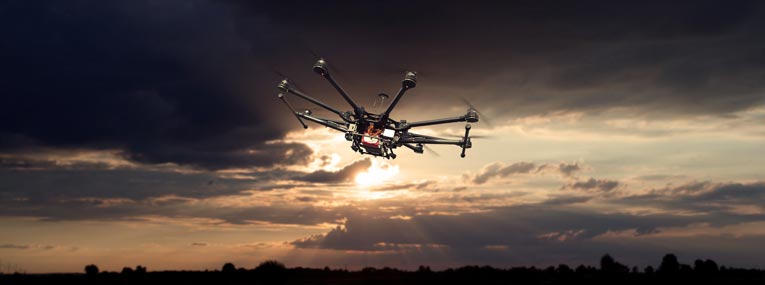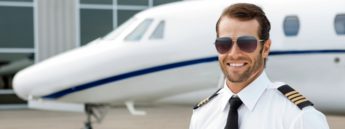UAVs Bring Change to the Film Industry
As we look to the past, nowadays as well, we can assuredly say that all the innovations and inventions were created in order to facilitate and improve our daily routine or working processes. That’s the principle of development.
Drones emerged in aviation field quite recently, but have already managed to become irreplaceable in many other areas. These unmanned devices have many potential to change the way we work, create or even live our daily lives. The film industry, which is considered to be a cornerstone of entertainment sector, could be a great example of that. Through the adaptation of drones in the film production, this industry has met many significant changes in the way that films are made.
More possibilities – easier
Easier to produce, easier to be creative – those are the features that improved the film production after UAVs came around. Due to maneuverability and ability to reach and fly over the places people or other vehicles couldn’t, drones make aerial shots easier and even more unique than ever. If previously some shots were impossible to make due to the technical limitations, now filmmakers are free to shoot the scenes they could only dream about earlier.
Of course it affects an artistic quality of the film. Many exclusive and spectacular aerial shots are now easier to make, which means directors have much more new creative options. They can get the new perspectives, or have the ability to follow something really close and then suddenly pull back. These shots made with drones are more lively and dynamic. Documentary filmmaking has more possibilities as well, to reveal the beauty of the nature, for instance.
Cost savings are obvious
In addition to the previous pros, cost savings in film making with UAVs are significant. Aerial shots become cheaper as they cost a fraction of helicopter or crane use. Helicopter and the flight crew are no longer necessary to take shots from above. One small flying device with no human pilot on board could serve for the entire crew and facilities. Aerial filming with UAV usually takes a two-person crew: a pilot who operates the drone and a camera operator who operates the camera. Sometimes a lens puller who handles a focus is added. Clearly it takes less people and fewer resources (fuel costs) than filming with helicopter, which means less financial expenses.
Let’s take an example. According to Ziv Marom, the Creative Director of ZM Interactive, on the original shooting plan of Expendables 3 (2014) filming from a helicopter was scheduled for about 38 days, but it was reduced to 10 as drones were used instead. The daily rates for using the drones ranged from $4,500 to $8,000, while average price for the helicopter with a crew is between $15,000 and $20,000 for a day. Such a big difference causing time and money savings.
Safety concerns
Whether it is aerial shooting, pipelines inspection or any other drone practice the safety factor must always remain the number one focus. There are special safety protocols for UAVs filming and safety briefings are being held for the whole team including the actors. It is required to know the safety rules when drones are used in shooting in order to ensure your own and others safety.
It is also assumed that using drones makes filming safer as operators stand on the ground. It is partially true. There is always a risk of helicopter crash, so drones are seen as safer and, of course, cheaper alternative in this case. In addition to that, there are filmmakers who are concerned to capture spectacular, but at the same time hazardous shots of nature, such as volcanic eruption. Drones allow shooting it from the safe distance by keeping camera operators safe.
With their emergence of UAVs it didn’t only facilitate film production processes, but also offered an innovative, cheaper and safer option for filming. Using drones in aerial cinematography opens up much more creative opportunities for directors to capture amazing and more dynamic shots than ever before. Certainly, trained specialists who would be qualified enough to professionally and properly perform the work is always needed. That gives the idea of the UAV pilot-camera operator becoming the future profession in demand. Doesn’t it?
Source: BAA Training
Publishing or copying the content of AVIATION Times without a written electronic permission is strictly forbidden. If you have any information, tips, videos, photos or your press releases for us contact us at news@aviation-times.aero.
AVIATION TIMES © Copyright 2012 - 2025








